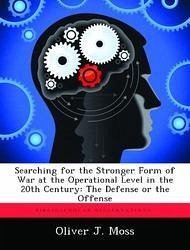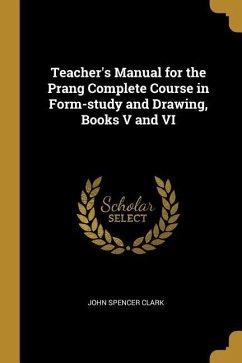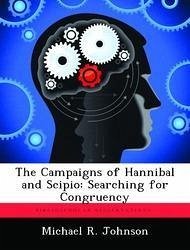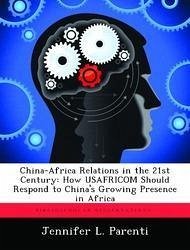
Searching for the Stronger Form of War in the 20th Century: The Defense or the Offense
Versandkostenfrei!
Versandfertig in über 4 Wochen
52,99 €
inkl. MwSt.

PAYBACK Punkte
26 °P sammeln!
A key theoretical proposition offered by Clausewitz in On War was that the defense was the stronger form of war over the offense. Members of the military, theorists, and historians have intermittently grappled with this proposition and have tended to reach conclusions flawed by poor analytical methodology or by the manipulation or Clausewitzian criteria. One would be distorting the very essence of Clausewitz to suggest one form of war always maintained an advantage over the other. Even when discussing the offense and defense Clausewitz recognized that the relationship of one to the other was s...
A key theoretical proposition offered by Clausewitz in On War was that the defense was the stronger form of war over the offense. Members of the military, theorists, and historians have intermittently grappled with this proposition and have tended to reach conclusions flawed by poor analytical methodology or by the manipulation or Clausewitzian criteria. One would be distorting the very essence of Clausewitz to suggest one form of war always maintained an advantage over the other. Even when discussing the offense and defense Clausewitz recognized that the relationship of one to the other was situationally dependent. The purpose of this study is not to redefine, manipulate, or interpret any new criteria to determine which form of warfare is the stronger but rather to use the model developed by Clausewitz. This study will concentrate on those elements identified by Clausewitz which he utilized to support his thesis in favor of the defense and find if they are applicable to 20th century tactical warfare. The study showed that surprise, terrain, and concentric attack are indeed key elements within the relationship between the offense and the defense. The study also confirmed that two other elements identified by Clausewitz time and initiative also play critical roles in determining which form of war can gain the advantage during a conflict. Though all the elements have their respective influence on the attacker and the defender relationship, terrain, as stressed by Clausewitz, still is the primary advantage of the defender in the tactical environment. But it is the defender's preparation of that terrain as much as the terrain itself which insures that the defense, even in modern warfare at the tactical level, is still the stronger form of war.












